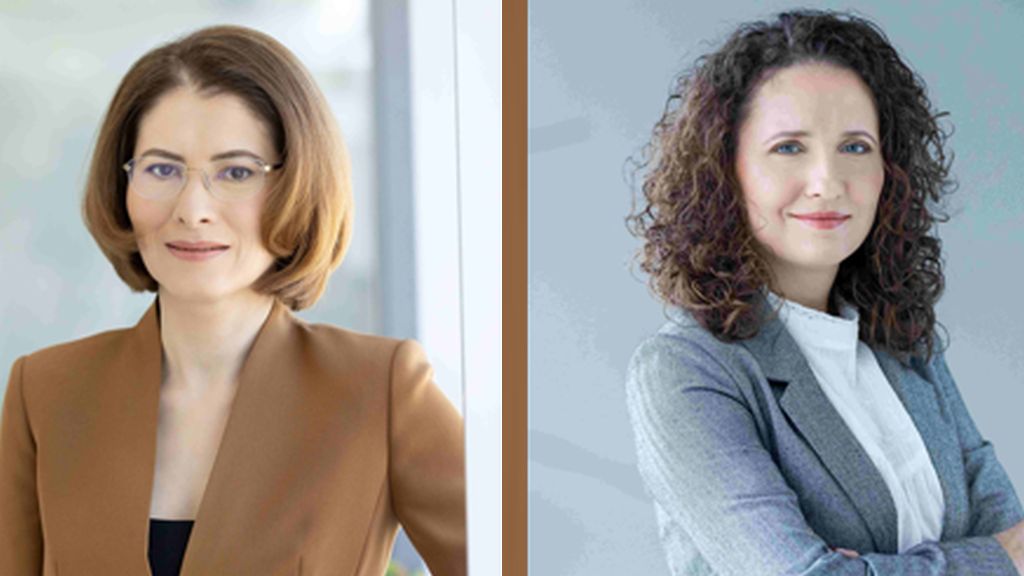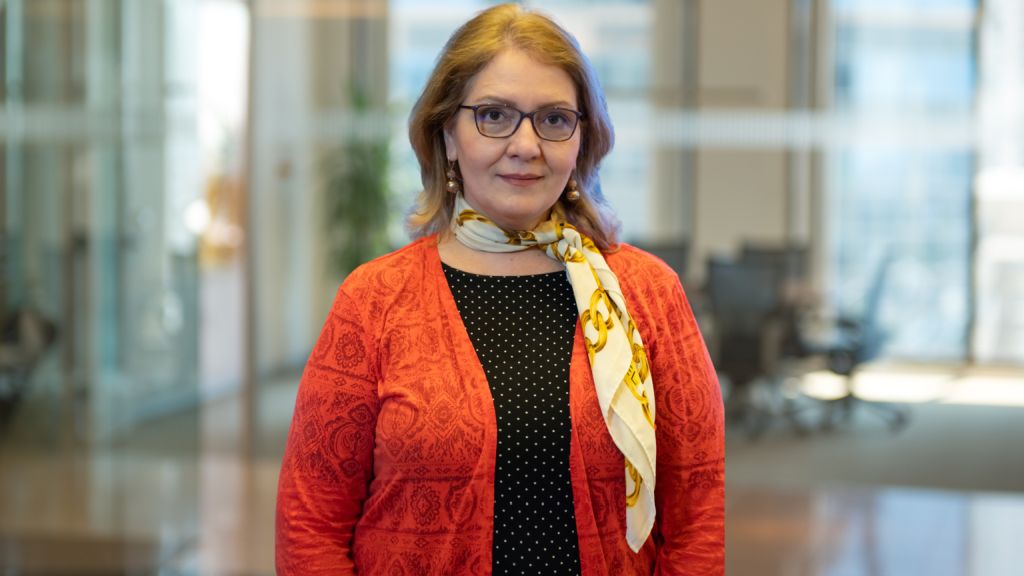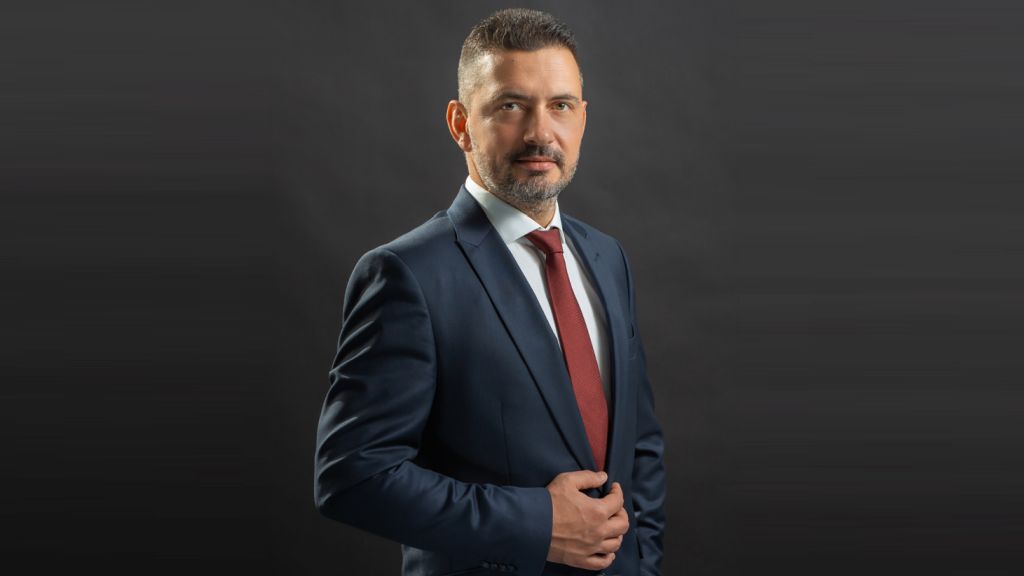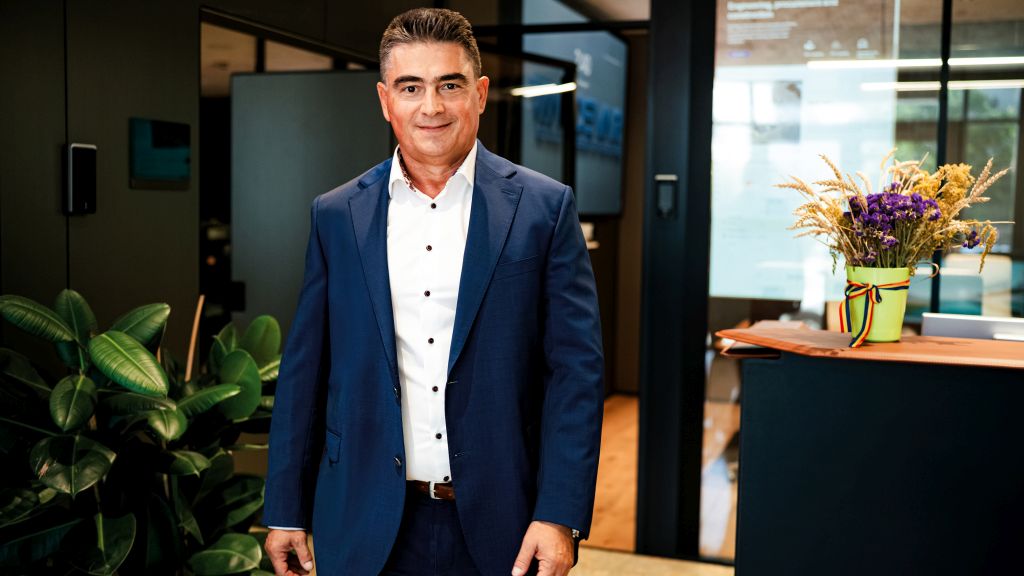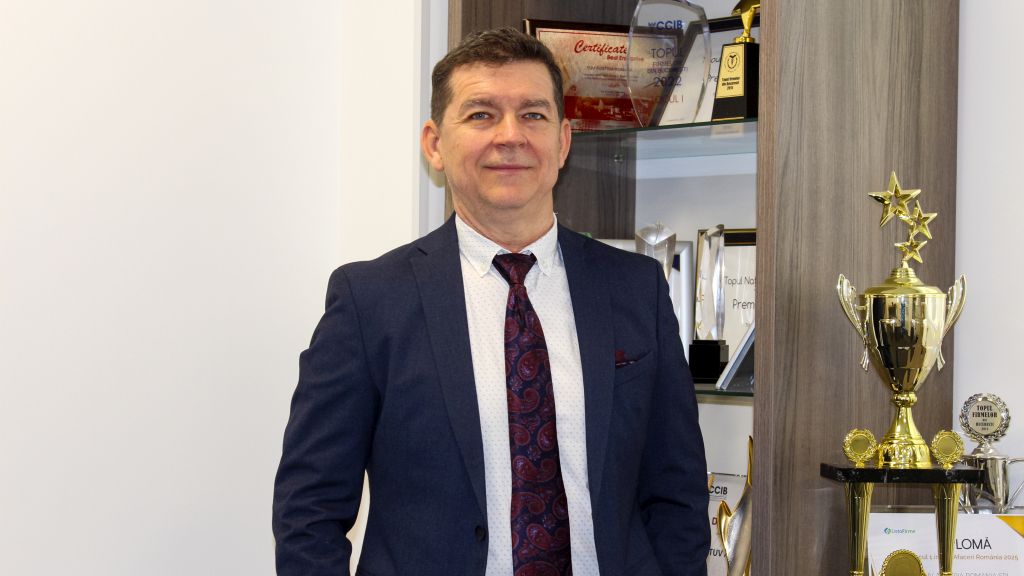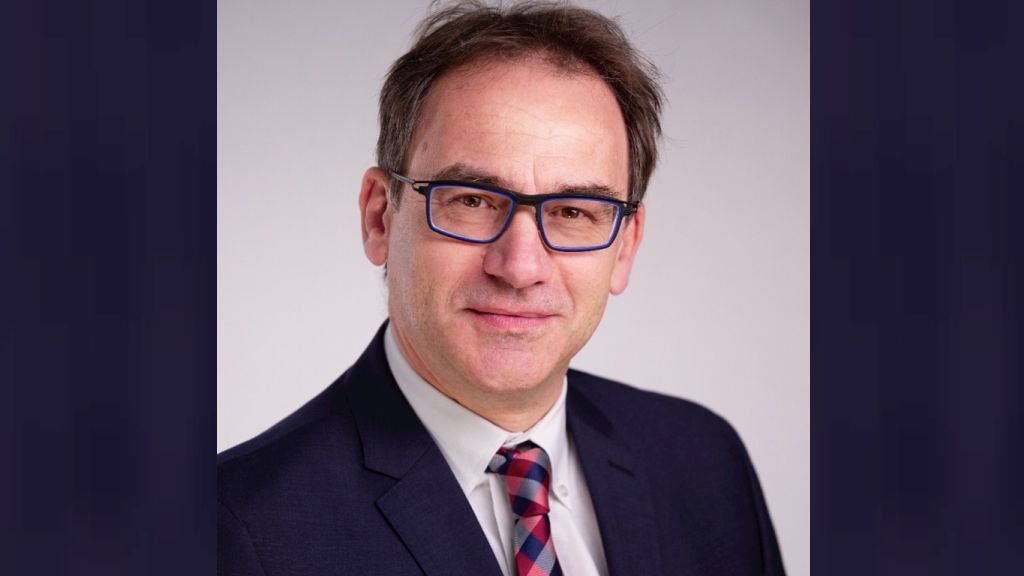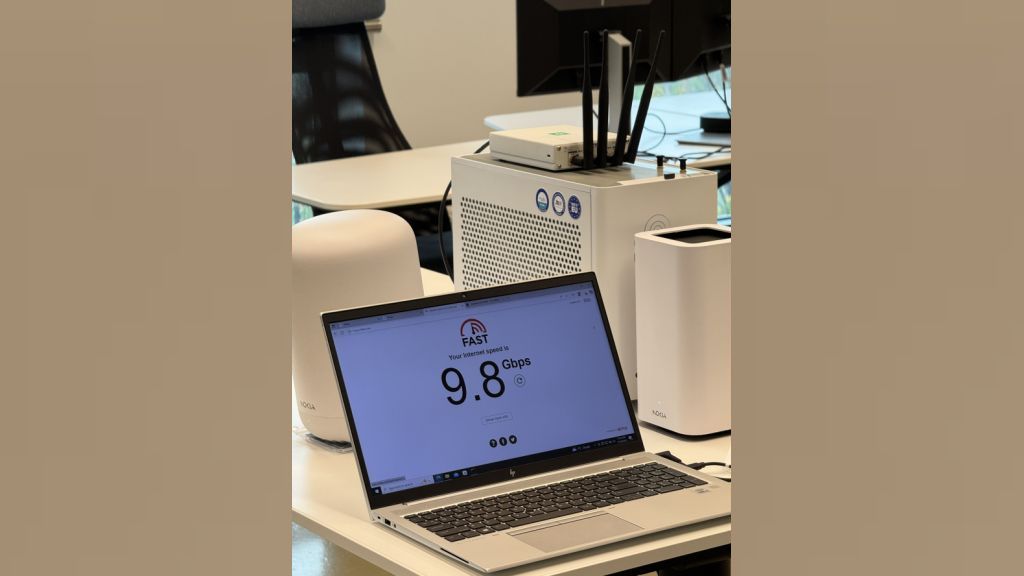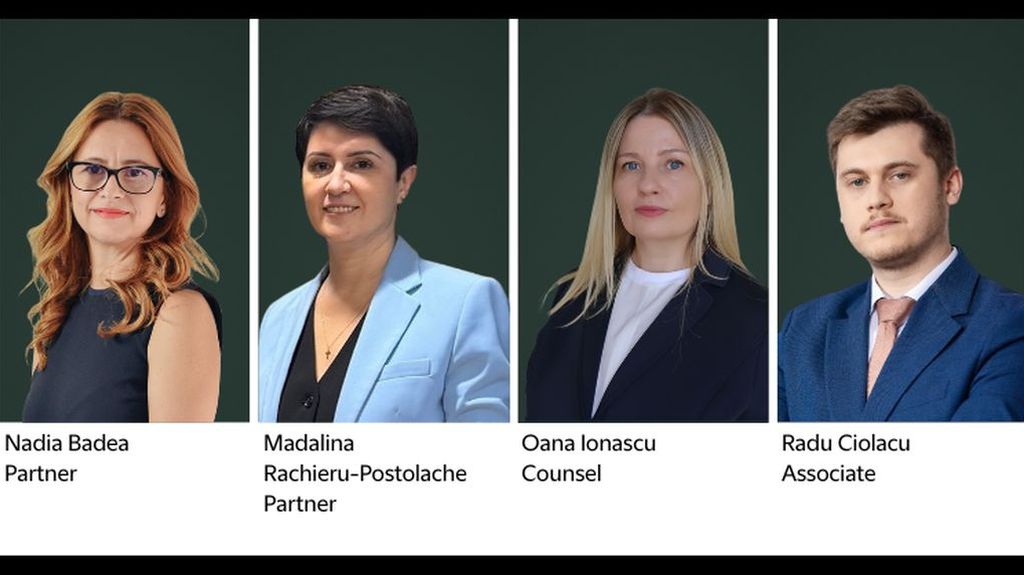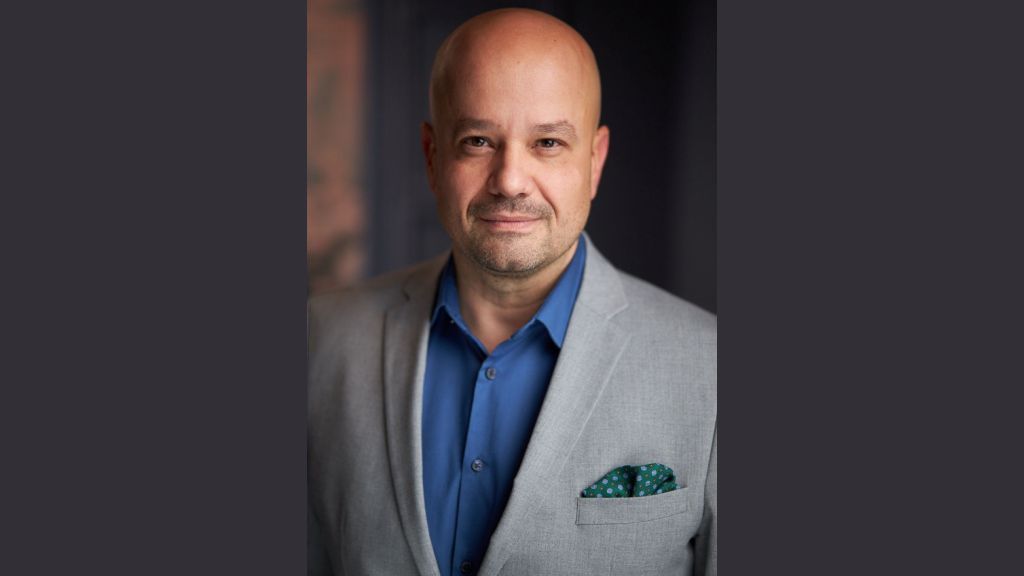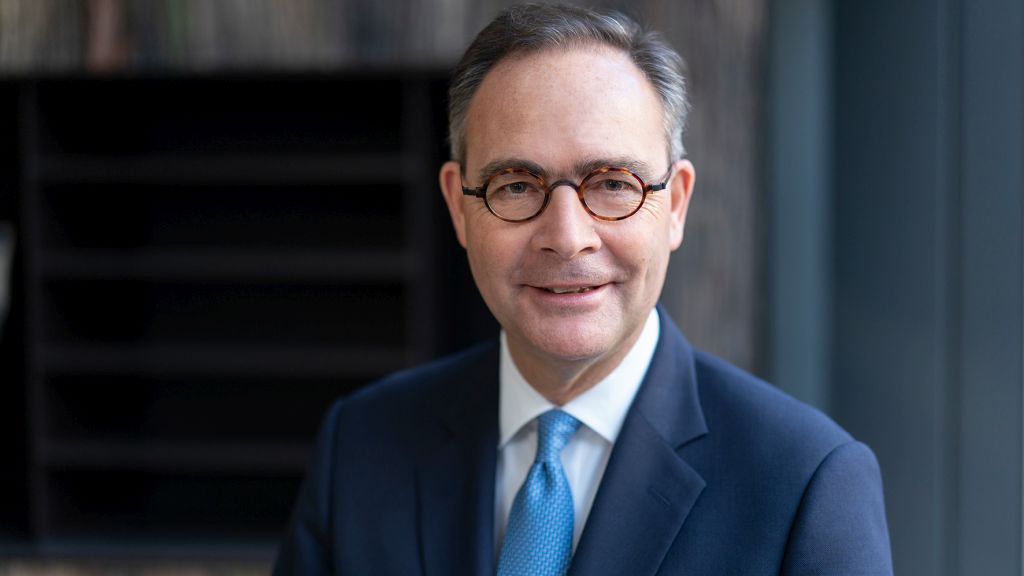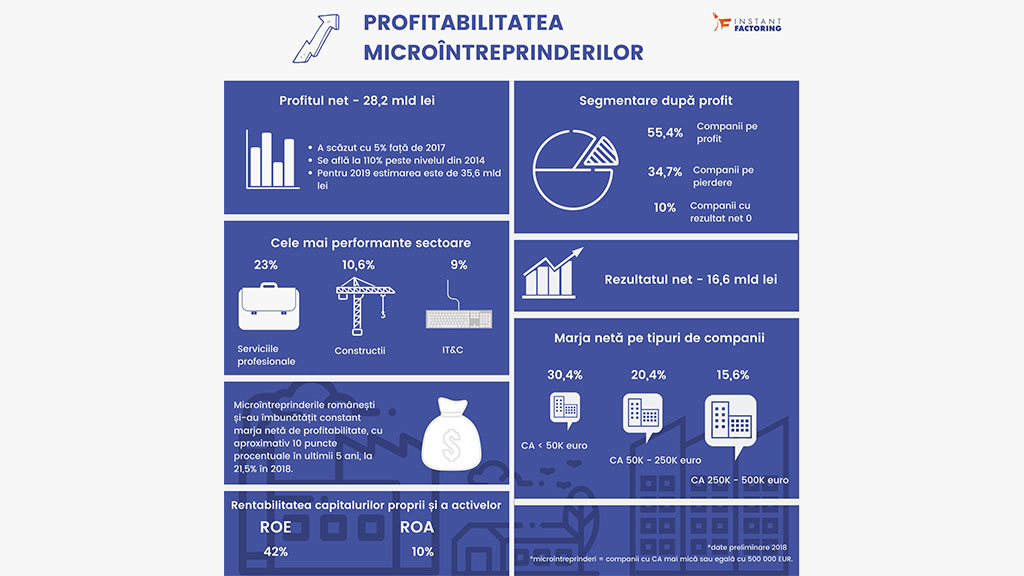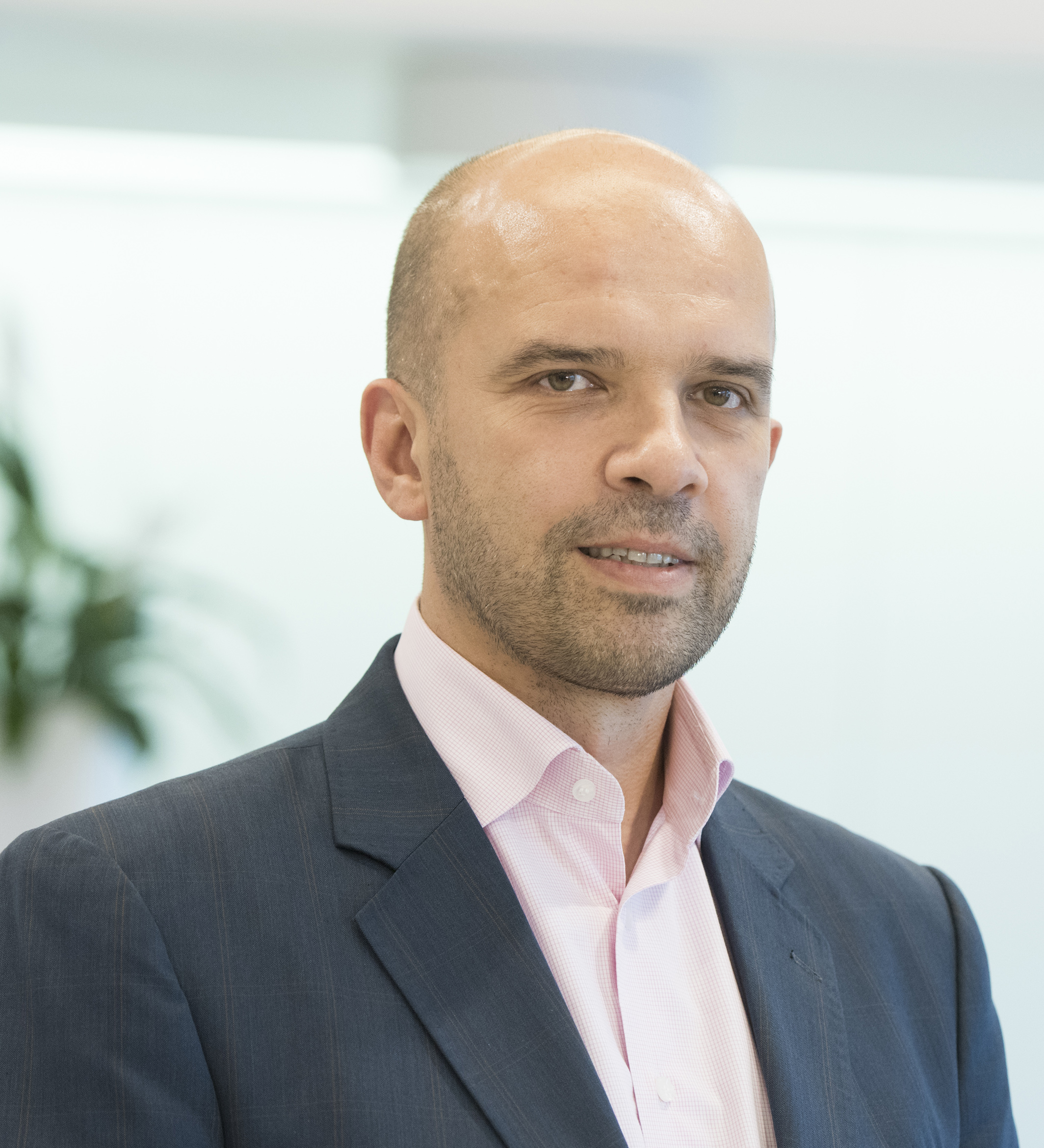The global nuclear market continues to grow, driven mainly by China and Russia. Since Fukushima (March 2011) and despite decisions by some countries to phase out nuclear energy in the short or long term, about 70 reactors are currently under construction around the world, half of them in China and Russia.
In its new study, "Nuclear worldwide: Where we stand 3 years after Fukushima", Roland Berger Strategy Consultants shows that the global nuclear installed base decreased on balance by only 9 units: 13 new operations, 2 restarts and 24 shutdowns, of which 16 were driven by the disaster in Japan and 8 were at the end of their lifecycles.
Where do we stand 3 years after Fukushima?
The Roland Berger study shows that global nuclear installed capacity could increase 26% by 2030 in a low scenario (from 435 units today to 489 units, or 372 GW vs. 470 GW). Roland Berger estimates that of 581 nuclear projects planned or announced and assuming highly favorable circumstances, only 123 to 224 are likely to materialize. These plants will be built in various countries on several continents: more than half in China (56), Russia (16) and India (14), but also in new countries such as the United Arab Emirates, Saudi Arabia and Vietnam.
Some countries will start replacing or slightly expanding their installed base (e.g. the United Kingdom, the Czech Republic, Ukraine, South Korea and even the United States, depending on a potential operational life extension to 80 years that is currently under discussion).
The nuclear transition: Will existing assets be replaced?
The nuclear market is at a crossroads: by 2030, 70% of nuclear reactors will be between 40 and 60 years old, and governments will have to decide whether to renew them or make a transition – the same decision needs to be taken in Romania as well (concerning Cernavoda Reactors 1 & 2). Regarding nuclear power's lifecycle (decisions, construction, commissioning), the 2015-2030 period is a critical time for the replacement market.
Beyond 2030, the big markets for total or partial replacement will not only be France and Russia, but also the United States (for the US, it is currently difficult to make a longer-term assessment, as the impact of cheap unconventional gas as a competitive source of energy has yet to be accurately quantified).
Successful players will have current experience in the construction of new plants, suitable product portfolios and strong financial backing. For many new entrants, but also for countries with an existing nuclear installed base, the ability to finance such investments to compete with other energy sources will be the first challenge. In many countries, only large utilities working with OEMs that also provide some of the financing will be successful.
Nuclear contribution of Romania
Romania currently operates two nuclear reactors commissioned in 1996 and 2007, with a total capacity of 1400 MW, enabling Romania to cover up to 17% of CEE region nuclear production (overall, less than 1% of global nuclear generation). In Romania, nuclear energy represents up to 20% of yearly national electricity production, having a key share in the overall generation mix. No major changes affected nuclear energy production in Romania post Fukushima and this is not expected to change.
Romania is part of the countries with serious nuclear expansion plans – the aim is to double nuclear generation capacity by 2030. The assumption is based on the successful realization of the additional new reactors (Units 3 and 4). The project has faced several setbacks since its commencement in 2006 (i.e. withdrawals of main investors, decision to limit state financing, necessity to attract new investors) and for the moment there is no definite resolution to the matter. However, the assumption Roland Berger uses in the current analysis is that the project will be concluded by 2030.
Forecast to 2050
The Roland Berger study shows that in 2050, assuming a conservative case, nuclear's share of global electricity capacity may be lower than in 2030 (by approx. 1%). However, installed capacity may increase by 35 GW. These assumptions depend on both the replacement rates in major nuclear countries (France, Russia and possibly the United States) and nuclear development by new entrants (Middle Eastern or Asian countries such as Bangladesh).
For more information, please visit www.rolandberger.ro.






